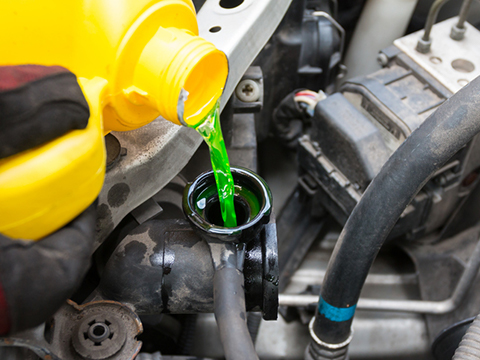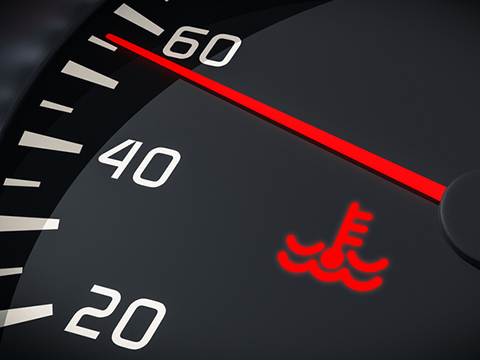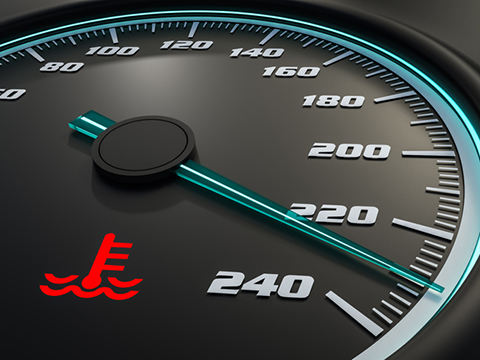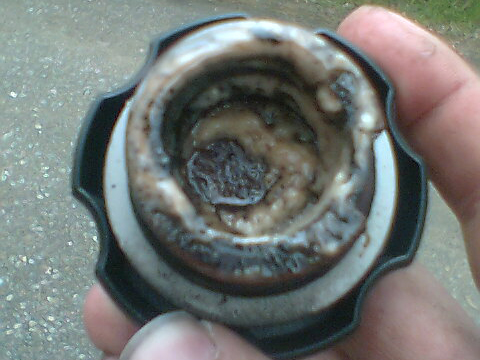How to Tell if You Have a Cracked Head Gasket
Blowing your head gasket is a common problem for motorists – especially if you have an older car. If you're not careful this can result in damage to the engine and high head gasket repair costs. You could even require a mechanic to replace the head gasket entirely, for no small cost.
Luckily you can identify a number of common symptoms of a blown head gasket early on – providing the opportunity to save yourself time, money and hassle.
What are the symptoms of a blown head gasket?
Having trouble with your car, but not sure if your head gasket is the issue? You may want to look out for these common signs of a blown head gasket:




The final, most noticeable symptom is a big cloud of smoke pouring from the exhaust, and the engine gauge showing maximum temperature after a few minutes. Unfortunately, these symptoms often arrive when it is too late to sort the problem out.
(Credit: Tony Harrison, Flickr)
Why you shouldn't ignore blown head gasket symptoms
It's not unusual to ignore these symptoms, as many drivers simply don't want to even think about the cost of potential repairs. However, leave it too long and a blown head gasket could cause major damage to your car.
For example, changes in coolant temperate and coolant leaks could:
- Ruin the engine thanks to coolant leaking into the engine oil
- Erode the lubrication of the engine
- Damage the catalytic converter
- Cause the engine to overheat through the mixture of coolant and combustion gases
In the long run, this will end up costing you far more than fixing the leak at the first sign of an issue – especially as an overheating engine could lead to even more problems:
- Damage to the cooling system
- Failure of the radiator
- Erosion of the hoses
Want to avoid the extensive damage a blown head gasket could do to your car, without the cost of expensive repairs? K-Seal is a scientifically-proven solution that will seal your leaking head gasket and get you back on the road fast.
Find your nearest stockist today
Common symptoms that get wrongly attributed to a head gasket leak
A lot of issues with head gaskets are similar to symptoms for other engine problems. This means it's fairly common for the following engine problems to be wrongly diagnosed as a blown or leaking head gasket.
Coolant in the oil
Although head gasket failure is often blamed for coolant leaking into your oil, it may be due to problems with the intake gasket.
Engine overheating
A leaking or blown head gasket will cause your engine to overheat over time, but this overheating could also occur due to a restricted radiator instead
If this is the case, an accurate diagnosis of the engine problem will rely on the expertise of a skilled mechanic.
Is your car showing signs of a blown head gasket?
As soon as you recognise any of the symptoms we've mentioned, with your head, grab yourself a bottle of K-Seal. Scientifically tested, K-Seal and K-Seal HD will permanently repair and fix most head gasket failures, including:
- Coolant to cylinder leaks
- Cylinder to coolant leaks
- Blown head gaskets
- Coolant to oil leaks (in certain situations)
Why wait for your blown head gasket to cause further engine damage, forcing you to pay out on expensive head gasket repair costs? Find your nearest K-Seal stockist today to save yourself time, money and trouble.
How to Tell if You Have a Cracked Head Gasket
Source: https://www.kseal.com/expert-advice/engine-problems/head-gasket/blown-head-gasket-symptoms
0 Response to "How to Tell if You Have a Cracked Head Gasket"
Post a Comment